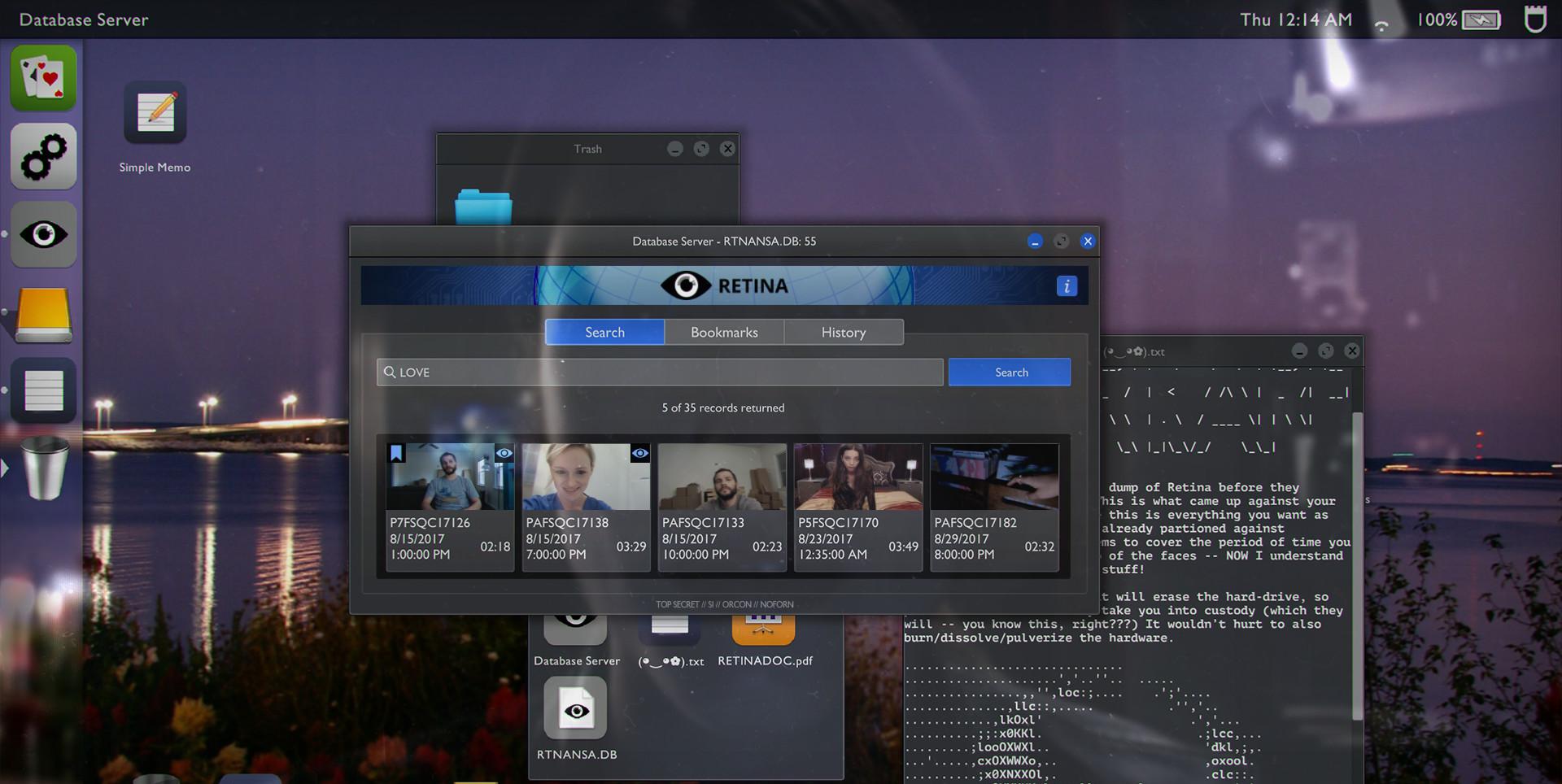
Sam Barlow's "Telling Lies" has finally arrived. It's another interactive narrative he's launched after Her Story. 2015's Her Story, which won numerous awards for its novel interactive storytelling approach, borrows from the film's editing techniques to cut a 94-minute, live-action video into more than 200 clips, allowing players to collage multiple crime stories by searching for keywords. After a few years of silence, he took this form of interactive video to another level — exploring the extent to which we can truly understand the people we love.
Barlow once said that most of the characters in "Lying" are lying. This reminds me of what Kafka said to one of his lovers: "It is difficult to tell the truth, because although there is only one kind of truth, it is alive and therefore has a living and fickle face." And Calvino said: "No language is not a lie." "In Lying, we'll soon find out that the protagonist is an undercover agent who is very good at sketching the "fickle face" of language.
"Lying" begins with a woman sitting in front of a laptop, looking for clues in a video. Secretly obtained NSA databases were installed on the computers, which contained a multitude of videos. It's very similar to Her Story, except that here you're playing a woman.
The videos, from smartphone video surveillance, cover two years of intimate lives for four people who were linked by an incident. You can explore the database by typing keywords, and then all you have to do is watch the video clips that have been searched out and stitch them together into a story.
Stories are linearly enigmatic, and you're dealing with non-linear fragments based on the keywords you're searching for. You can adjust the rhythm and direction of your narrative by searching for additional revelations and new keywords. Keywords such as character names lead to more videos in a branched narrative. You look at all the branches and they lead to more branches. At some point, you seem to have found the right path, which will lead you to a revelation or into a more reasonable ending.
Video scenes include characters played by actors Logan Marshall-Green (Prometheus), Alexandra Sharp (X-Men: Apocalypse), Kerry Bisch (Romanov) and Angela Salafian (Westworld). Salafian plays a sexy "cam girl" who once said, "Do you like your gothic woman?" Marshall Green's role is more complex, and it is difficult to figure out his ideas, because even he believes in his disguise. You'll have magical moments like Hip singing in the dark and Bish speaking to her spouse with a code puppet.
The game has 96 lies to decipher. In these videos, you'll discover how people lie, how one lie leads to another, and how liars are deceived by their own lies. When you discover this, you also see the depth of betrayal and then think about the fictionality of language itself.
In film, who is the protagonist is deterministic, but in interactive narrative works it's different — everyone is the protagonist of their own story. Invisible Time players should have a deeper understanding of this. There are as many as 30 characters in Lying, and one of them, Chris, plays an important role in one scene, but he is barely known elsewhere. A lot of times, you'll only get a small part of the scene for a particular character, which will make people suspect that you're missing other videos about him. When you search for a new keyword, you can often discover new conversations, which will facilitate your constant exploration in this maze.
Every linear story means an angle, a perception, an interpretation. As an interactive story world, "Lying" provides multiple perspectives and multiple interpretations of possibilities that you need to explore, which requires the participation of your knowledge, mind and narrative ability. It's also where interactive storytelling comes in – constantly searching, constantly discovering, and thus constructing multiple stories.
Garnin hopes that Barlow will bring a more ideal "signifier game" to Lying, but he knows that even in the interactive narrative of digital media, the signifier game will always be just an ideal. His expectation is actually a compliment to Barlow's exploration of textual possibilities, which, in my opinion, is to create a web of stories full of possibilities in the form of a combination of film and game.
Lying uses a database to build an interesting world of stories full of lies and allows us to tell stories of possibility through search. While its interface is a bit clumsy in design, the idea is still worthy of praise – searching to discover (discovery is narrative) a network of lies, which is also a metaphor for our world.
【Digital Narrative Gorier】